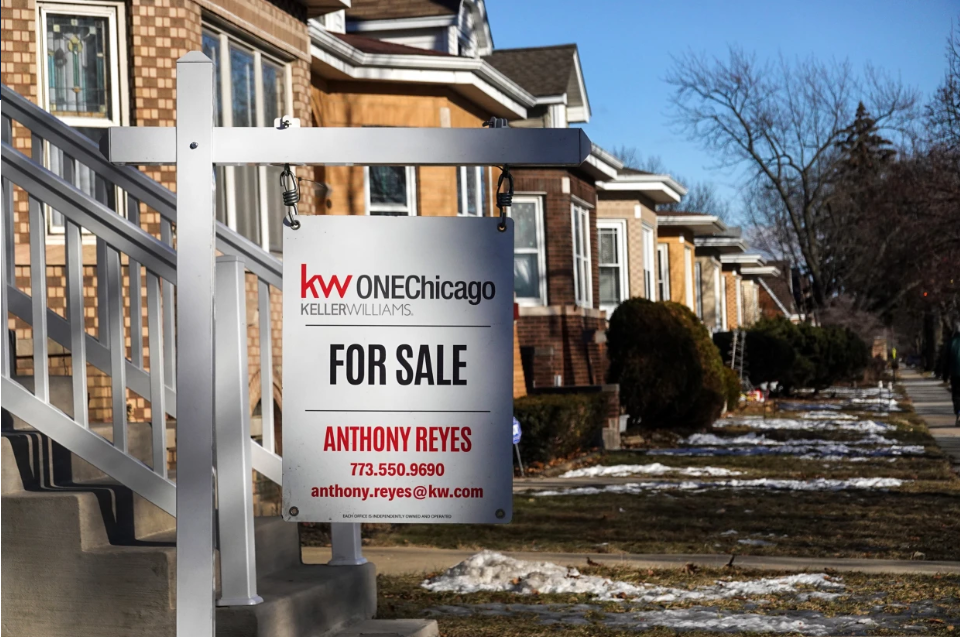A growing imbalance in the US housing market is leaving middle-income households — including essential workers like teachers and nurses — with limited opportunities to buy homes, according to a new report from the National Association of Realtors (NAR) and Realtor.com.
The 2025 Housing Affordability & Supply report highlights a significant gap between what middle-income earners can afford and what is available on the market. Defined in the study as households earning around $75,000 annually, this demographic makes up the largest share of US households but is increasingly unable to find homes within their price range.
Although middle-income buyers saw the greatest year-over-year improvement in the share of affordable listings, they can still afford only 21.2% of homes currently for sale. That’s only a slight improvement from 20.8% in 2024 — and far below the 49% affordability rate they enjoyed in 2019.
According to the report, a household earning $75,000 should be able to afford homes priced at or below $255,000. However, meeting this affordability threshold would require an additional 416,000 listings in that price range — listings that simply do not exist in most markets today.
“The middle-income paradox is that we have the largest gains for this income group in affordable housing supply but still continue to have the largest gaps in affordability and availability of homes,” said Nadia Evangelou, senior economist and director of real estate research at NAR.
The difficulty stems in part from the rising cost of land, building materials, and restrictive zoning rules, which make constructing homes under $260,000 increasingly unfeasible. As a result, homebuilders are often targeting higher price points, leaving mid-tier buyers underserved.
Higher-income households also face affordability constraints, though to a lesser extent. For example, those earning $100,000 annually can now afford 37.1% of listings — a drop from previous years. Meanwhile, lower-income households, which make up about one-third of the population, have “almost no access” to for-sale homes, the report found.
In practical terms, the current market continues to favor buyers with higher incomes or access to significant savings. While inventory is recovering from post-pandemic lows, the types of homes being listed often fall outside the budgets of middle-income families.
With input from the New York Times.










The latest news in your social feeds
Subscribe to our social media platforms to stay tuned